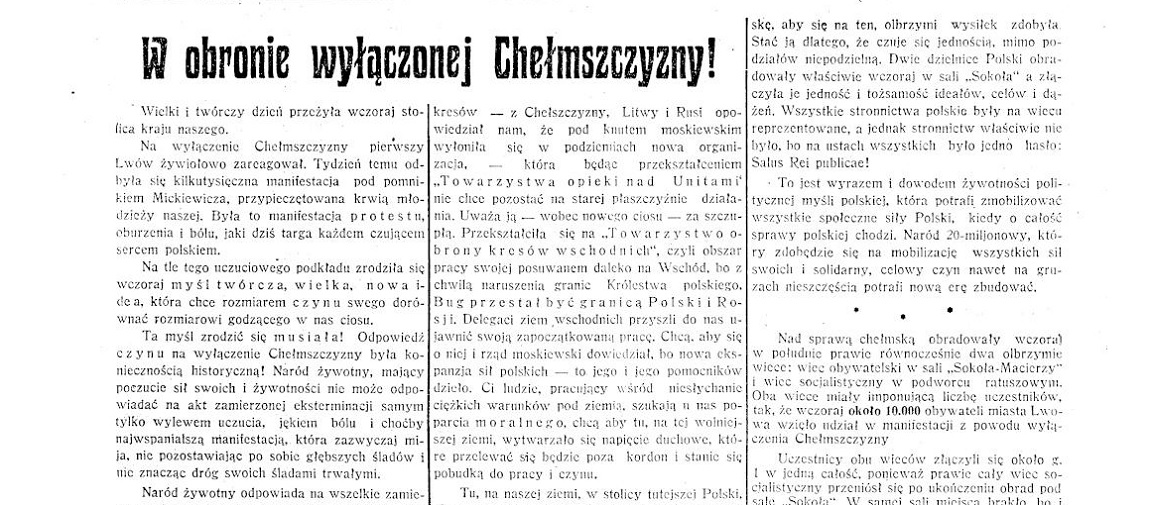

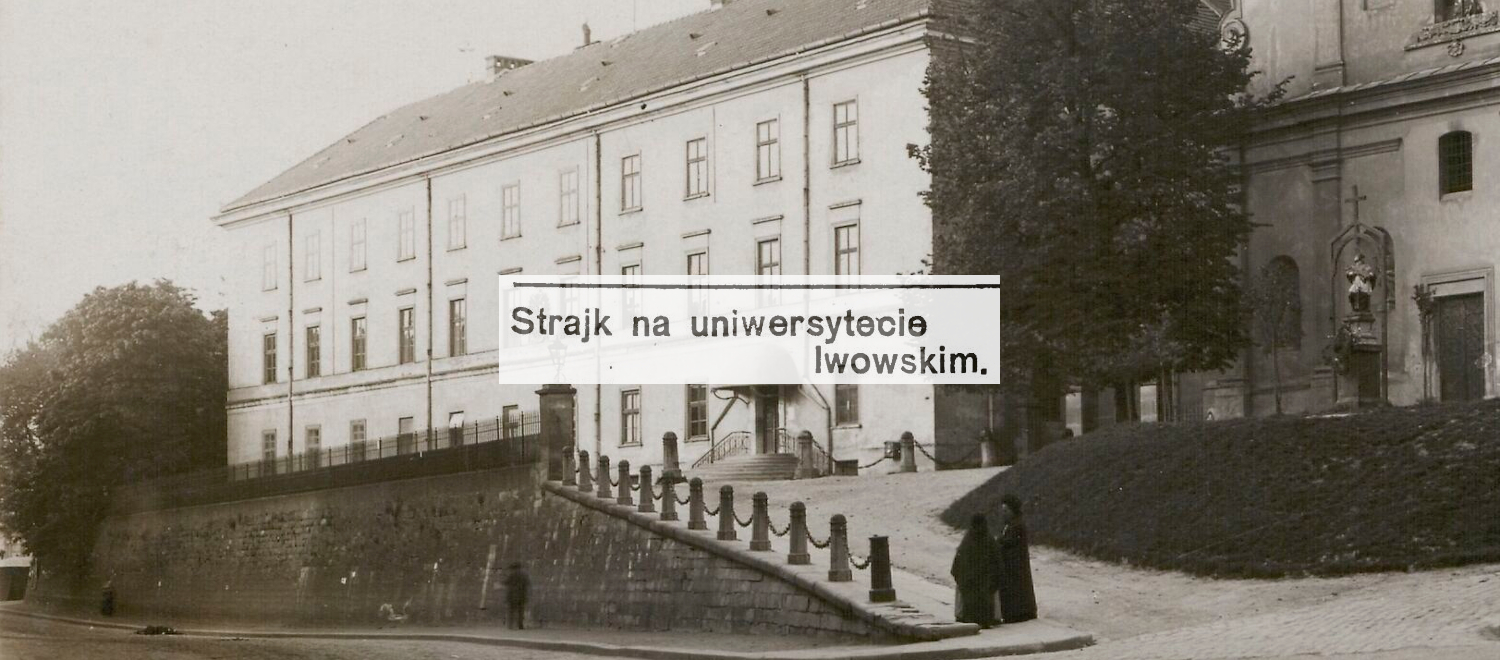
Students and the Struggle for the Status of Lviv University (1909)
The issue of the University of Lviv was part of a broader confrontation over the status of the Ukrainian language and thus an element of national competition between Poles and Ukrainians. Students, as the most "progressive" and active part of society, were at the forefront of this struggle.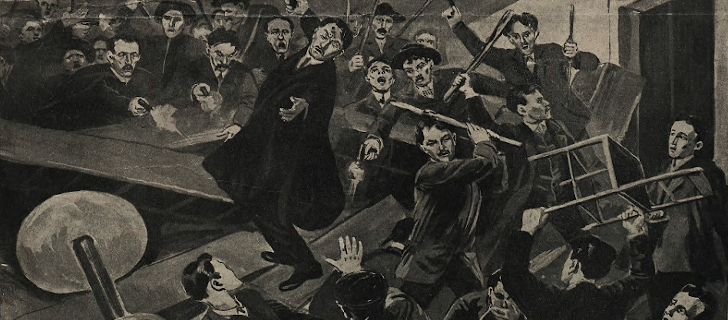
The murder of the student Adam Kotsko (1910)
The murder of Adam Kotsko took place in 1910 amidst the riots that broke out over the possible opening of a Ukrainian university. The student was one of the leaders of the Ukrainian student movement here. After the bloody culmination, the struggles switched to a more legal political course.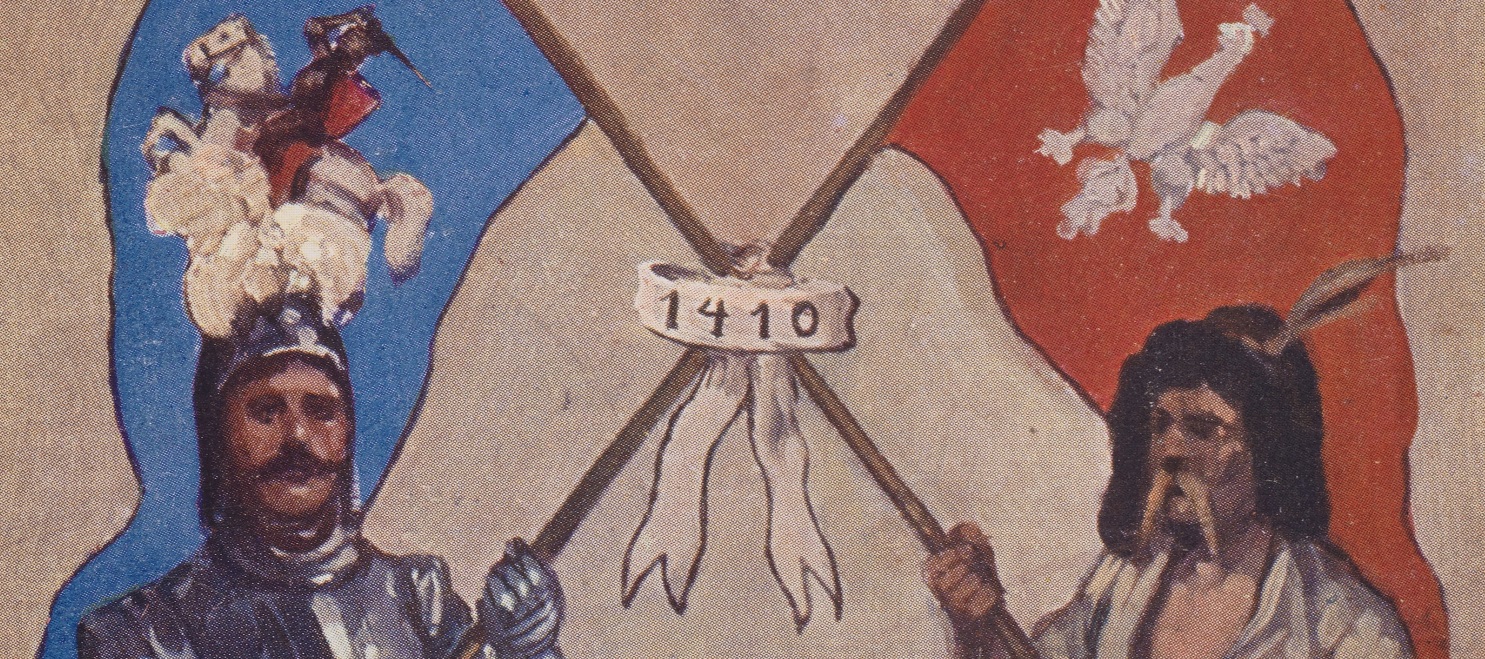
500th Anniversary of the Battle of Grunwald (1910)
The celebration of the victory of the Polish-Lithuanian-Ruthenian forces over the "German" crusaders could not but contain anti-German overtones. Therefore, in order to avoid confrontation with the central government, the press used the phrase "victory over the crusaders," which allowed everyone, including officials, to save their faces.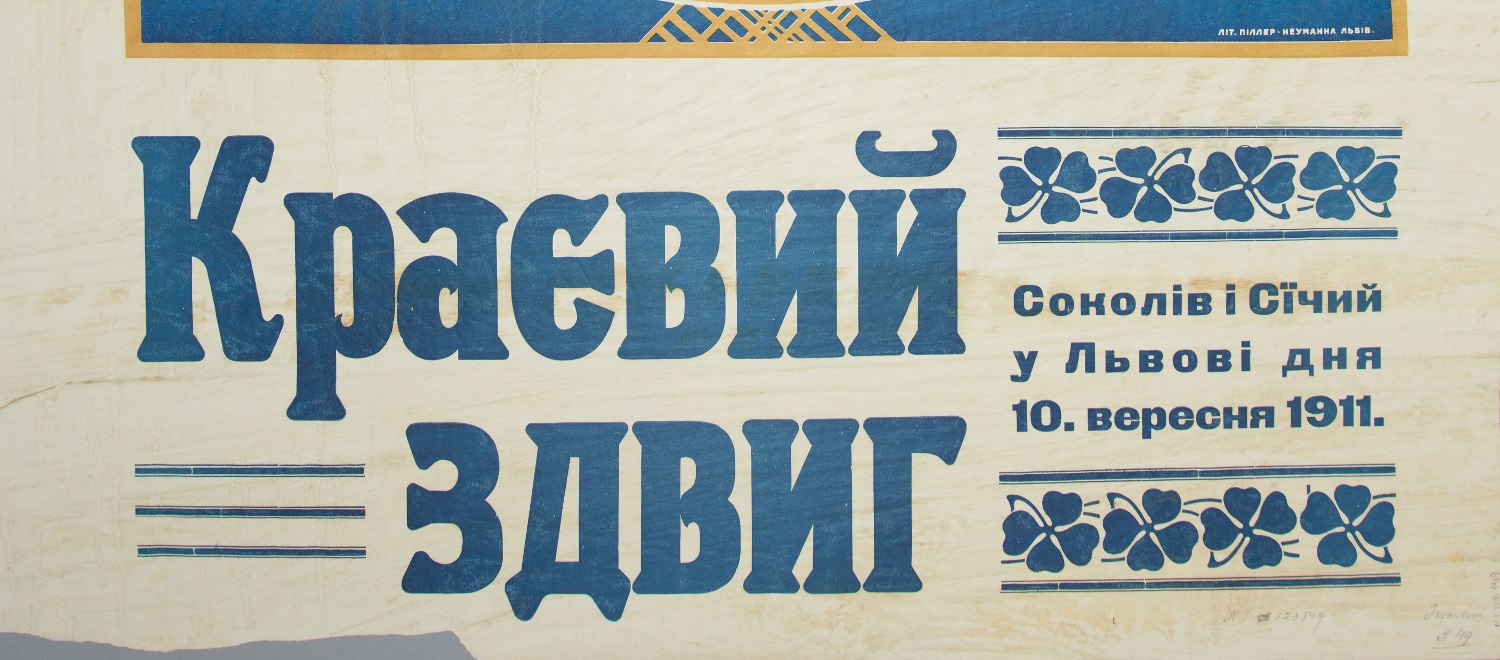
The first provincial rally of the Ukrainian Sokil in Lviv (1911)
On 9-10 September 1911, the Ukrainian Sokil, similarly to regular Polish rallies, held its first rally in Lviv, timed to the 50th anniversary of Taras Shevchenko's death.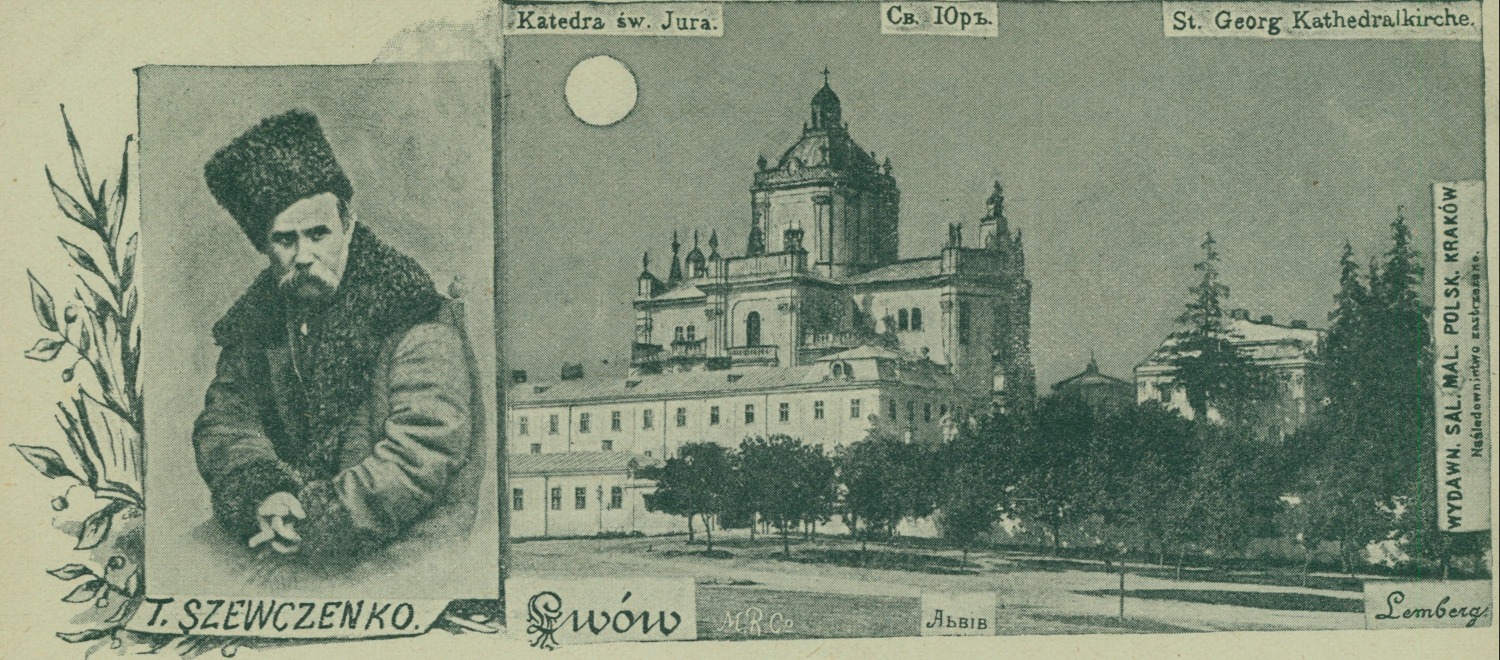
Honoring Ukrainian "poet-prophets"
As in the case of the Polish poet-prophets, the Ukrainians in the late 19th and early 20th centuries began to actively form their "national pantheon". And as with the Poles, there was a conflict in the Ukrainian environment between the secular intelligentsia and the Catholic Church.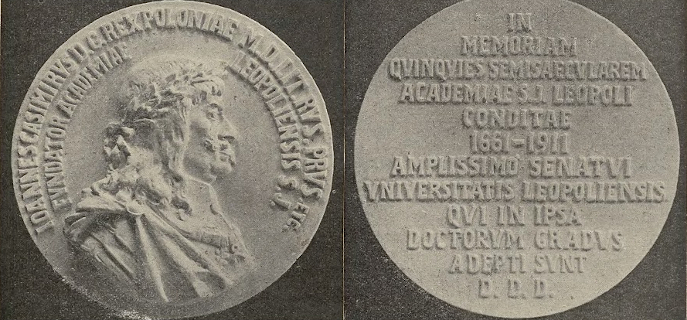
Anniversary of Lviv Jan Kazimierz University (1912)
In 1912, Lviv decided to celebrate the "250th anniversary of the university", taking as a starting point the year 1661, when the Jesuit Academy was founded.
A Ukrainian demonstration in memory of Adam Kotsko (1912)
On 1 July 1912, a Ukrainian mourning demonstration took place in Lviv, organized in memory of Adam Kotsko, a Ukrainian student at Lviv University killed during Ukrainian-Polish student clashes two years earlier. This event is a rare example of Ukrainian national demonstrations in Lviv in the early 20th century that turned into a conflict with the police.